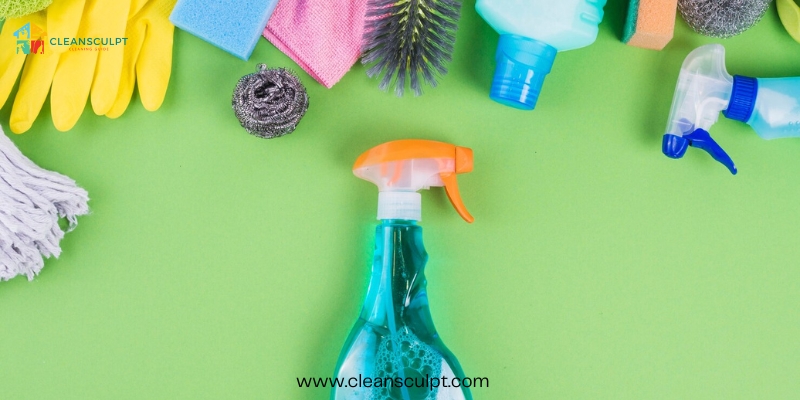In our quest for a cleaner environment and a healthier lifestyle, choosing the right cleaning products is crucial. Today, we explore the top 10 eco-friendly cleaning products that promise to keep your home sparkling without harming the planet. These options are sustainable, biodegradable, and effective, ensuring that your cleaning routine is as green as it can be.
Best Eco-Friendly Cleaning Products
Our first pick is a range of non-toxic, biodegradable cleaning agents perfect for every household. These products not only excel in performance but also uphold environmental ethics, making them a top choice for conscious consumers.
Eco-Friendly Home Cleaning Solutions
Next, we consider solutions specifically formulated for the eco-conscious home. From multi-surface cleaners to bathroom sprays, each product combines natural ingredients with efficacy, providing a spotless home without chemical residues.
Table: Sustainable Product Features and Benefits
Product Name | Feature | Benefit |
Green Clean All-Purpose | Plant-based | Safe for all surfaces, fully biodegradable |
BioWash Laundry Detergent | Zero-waste packaging | Reduces plastic use, cleans effectively |
PureHome Lemon Disinfectant | Organic ingredients | Non-toxic, ideal for kitchens and children’s areas |
Green Cleaning Supplies for Home
Opt for green cleaning supplies that are derived from renewable resources. These supplies not only minimize environmental impact but also provide safety for your family and pets.
Biodegradable Cleaning Products
Biodegradable options decompose naturally in the environment, reducing pollution and waste. They are a must-have for anyone looking to make their home eco-friendlier.
Non-Toxic Cleaning Products for Home
Our list includes products free from harsh chemicals. They ensure a safe environment for children and pets, making your home a healthier place.
Eco-Friendly Cleaning Essentials
From reusable cloths to biodegradable sponges, eco-friendly essentials are key to a sustainable cleaning kit. These products are not only effective but also economical in the long run.
Organic Household Cleaners
These cleaners are made from organic and natural ingredients, ensuring that they are free from synthetic chemicals and are fully biodegradable.
Environmentally Safe Cleaning
Using environmentally safe products helps reduce your ecological footprint while maintaining cleanliness and hygiene at home.
Zero Waste Cleaning Products
Explore products designed to eliminate waste in their packaging and usage. These items are perfect for those committed to a zero-waste lifestyle.

Clean Sculpt Promises Eco-Friendly Excellence
At Clean Sculpt, we’re dedicated to providing you with the best eco-friendly cleaning solutions. Our guides are carefully selected to ensure they meet your high standards for cleanliness while protecting the environment. Visit our website to discover more about how we can help you maintain a clean, green home.
FAQs About Top 10 Eco-Friendly Cleaning Products
What makes a cleaning product eco-friendly?
Eco-friendly cleaning products are made from sustainable, non-toxic materials. They avoid chemicals that harm the environment, ensuring safety and sustainability.
Are eco-friendly products as effective as traditional cleaners?
Yes, modern eco-friendly products are formulated to match the cleaning power of traditional products, effectively tackling dirt and grime without harmful chemicals.
How can I identify biodegradable cleaning products?
Look for products labeled as biodegradable. These products break down naturally, returning to the environment without leaving harmful residues.
What are the benefits of using green cleaning supplies?
Green cleaning supplies reduce environmental impact, minimize indoor air pollution, and are generally safer for use around children and pets.
Why should I choose non-toxic cleaning products?
Non-toxic products ensure that your home environment is safe from the harmful effects of chemicals, making it healthier for everyone.
Can switching to eco-friendly cleaning products really make a difference?
Absolutely! Switching reduces environmental pollution, supports sustainable manufacturing practices, and promotes a healthier lifestyle.
How does Clean Sculpt help in choosing eco-friendly products?
Clean Sculpt curates a selection of the finest eco-friendly products that are effective and sustainable, simplifying your choices for a green home.





